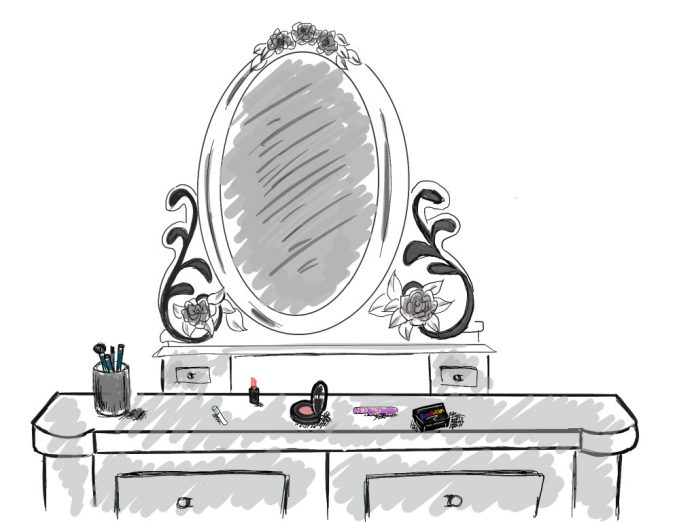Sheoli Lele ‘26 is a prospective math and philosophy double major. She uses her free time to paint, take photos around campus and debate. Contact her at smlele@wm.edu.
The views expressed in this article are the author’s ow
The year is 2174. While most occupational diversity has been lost to increasingly robust artificial intelligence, the world is hardly without work. In fact, a majority of the world’s population above age 21 works in one of two professions: machine evaluation and mental health consulting. People are arbitrarily appointed to their professions as infants, and switching professions is discouraged and difficult, if not impossible.
The year 2080 has marked the rise of a meteoric trend among mental health consultants: wearing a cobalt restraint around the neck. While the restraint is both uncomfortable and known to do damage to the neck in the long term, the trend has become ingrained in global fashion culture. Now, the few mental health consultants who opt out of the trend are largely viewed as less likable than their fad-following counterparts. The restraint-wearing ideal has even seeped into the lives of little kids headed for careers in mental health consulting.
I hate to say it: 150 years from now, such a description won’t be far from reality. The confidence in my claim comes from the fact that today, our global community behaves similarly toward what I find hard to leave my dorm without: makeup. You may find this claim overblown. In the rest of this article, I will reference parts of my unpalatable dystopian vision and explain the link between each part and today’s reality. My hope is that by the end, you will feel a greater awareness about the harms of something so rooted in daily life and hence overlooked as a threat.
In my 2174 dystopia, the trend of neck restraints affects only and all members of one group. As you probably guessed, this binary is a metaphor for gender. If someone is assigned a lifelong mental health consulting job in 2174, they are subject to the implications of the neck restraint trend, whether or not they choose to opt in; if they do, they stomach the discomfort and long term health consequences; if they don’t, they are seen as less than those who do. This is how I see makeup in the context of my life. The world pits us against each other in constant comparison based on our willingness to cake our faces with powder each morning.
Aside from its trendy value, I struggle to find anything appealing about either wearing a neck restraint or putting on makeup. I imagine that in a parallel universe where makeup had never been invented, the resulting world would not be significantly more efficient, happy or healthy than ours in which makeup has been invented. Both makeup and neck restraints bring discomfort and negative health consequences to wearers. We expend nothing but time, money and mental resources just to keep it living rent-free in our daily routines. And for what?
The next shared feature between neck restraints and makeup is the drug-like dependence that wearers develop. Seriously, the more I think about my relationship with makeup, the more I’m reminded of my middle school health instructor’s warnings. For example, after wearing makeup for enough time, I find myself needing more and more of it to feel as whole as I did before. In its absence, I see myself as a shriveled, discount version of myself. In its presence, it serves as an escape from the discomfort of facing myself without its destructive crutch. I often leave social gatherings to use it in the bathroom — okay, maybe things are getting a bit dramatic.
Like neck restraints, makeup’s harmful societal effects have begun to extend to progressively younger girls. This practice is very ironic: one of the biggest uses of makeup is to make age-textured features look more youthful. Why, then, are 14-year-olds in 2024 wearing mascara and concealer as often as they wear shoes? Teenage girls’ bathroom sinks brim with hyaluronic acid, glycerine and beta-glucan products. Marketers separate makeup products into subtly different uses — one for every fathomable skin color, texture, oil level, sensitivity and glow (whatever that even means).
I write about the harms of everyday makeup use knowing full well that I applied kohl to my eyes at least five times today. This may jump out as hypocrisy to you, but I think it even better demonstrates my point on its dependence. If you apply eyeliner like you brush your teeth, I’d like you to reconsider the next time you reach for your Almay pencil. Just for a day or two, leave it there. You can get into the dining halls without it.

